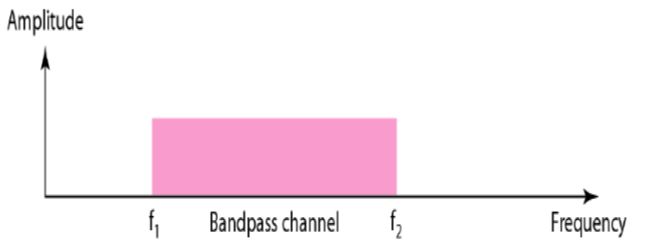Different Methods for Digital Signal Transmission
A digital signal periodic or non-periodic, is a composite analog signal with frequencies between zero and infinity. We can transmit a digital signal by using one of two different approaches: baseband transmission or broadband transmission (using modulation).
1. Baseband Transmission
Baseband transmission means sending a digital signal over a channel without changing the digital signal to an analog signal. The following figure shows baseband transmission.
Baseband transmission requires a low-pass channel, a channel with a bandwidth that starts from zero. This is the case if we have a dedicated medium with a bandwidth constituting only one channel. For example, the entire bandwidth of a cable connecting two computers is one single channel. As another example, we may connect several computers to a bus, but not allow more than two stations to communicate at a time.
You May Also Like:
Fundamentals of Data and Signals
Digital Signals
Composite Signals
2. Broadband Transmission (Using Modulation)
Broadband transmission or modulation means changing the digital signal to an analog signal for transmission. Modulation allows us to use a band pass channel-a channel with a bandwidth that does not start from zero. This type of channel is more available than a low-pass channel. The following figure shows a band pass channel.
Transmission Impairment
Different Criteria for Performance of Networks
Back to DCN Questions and Answers

